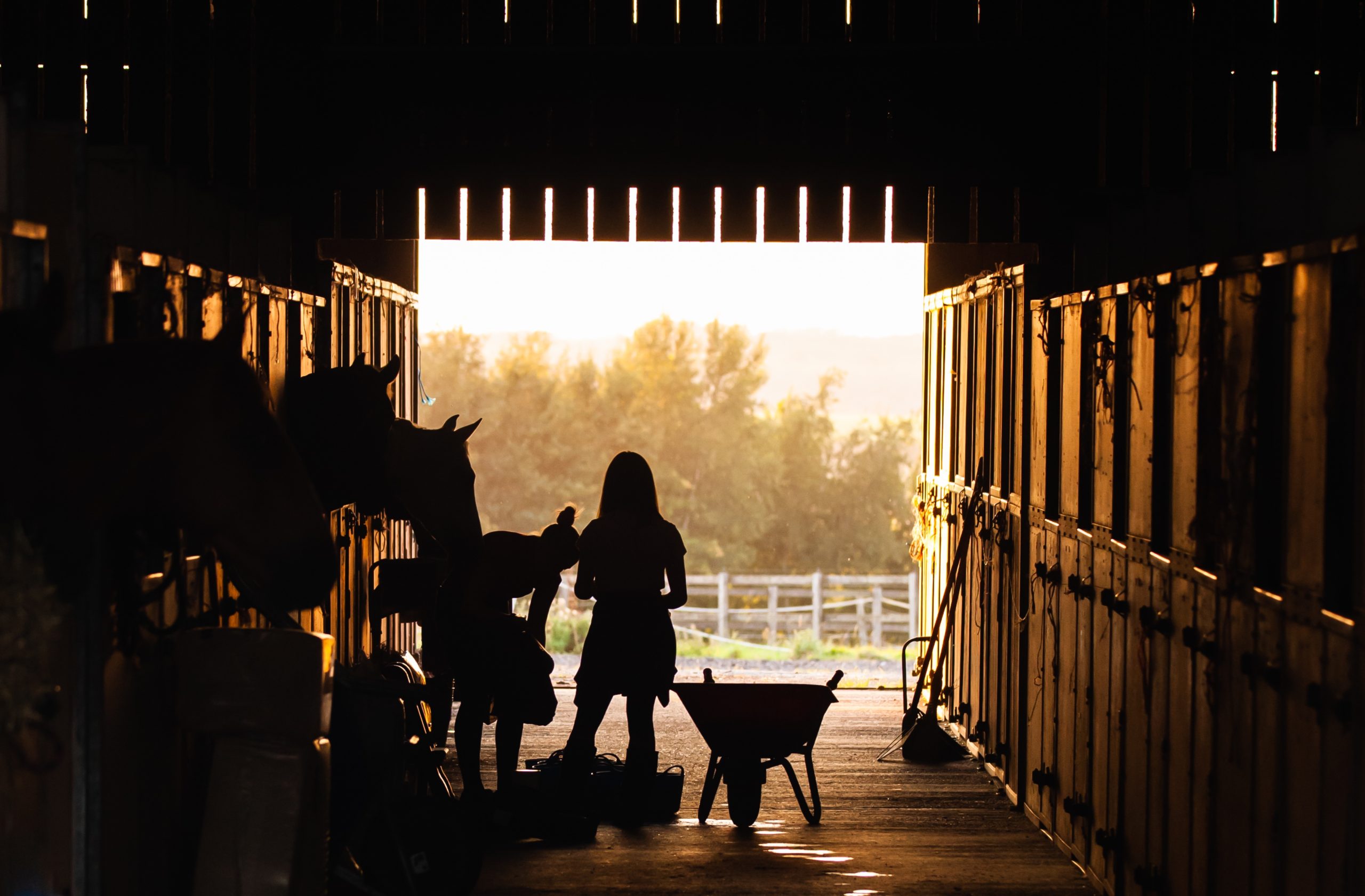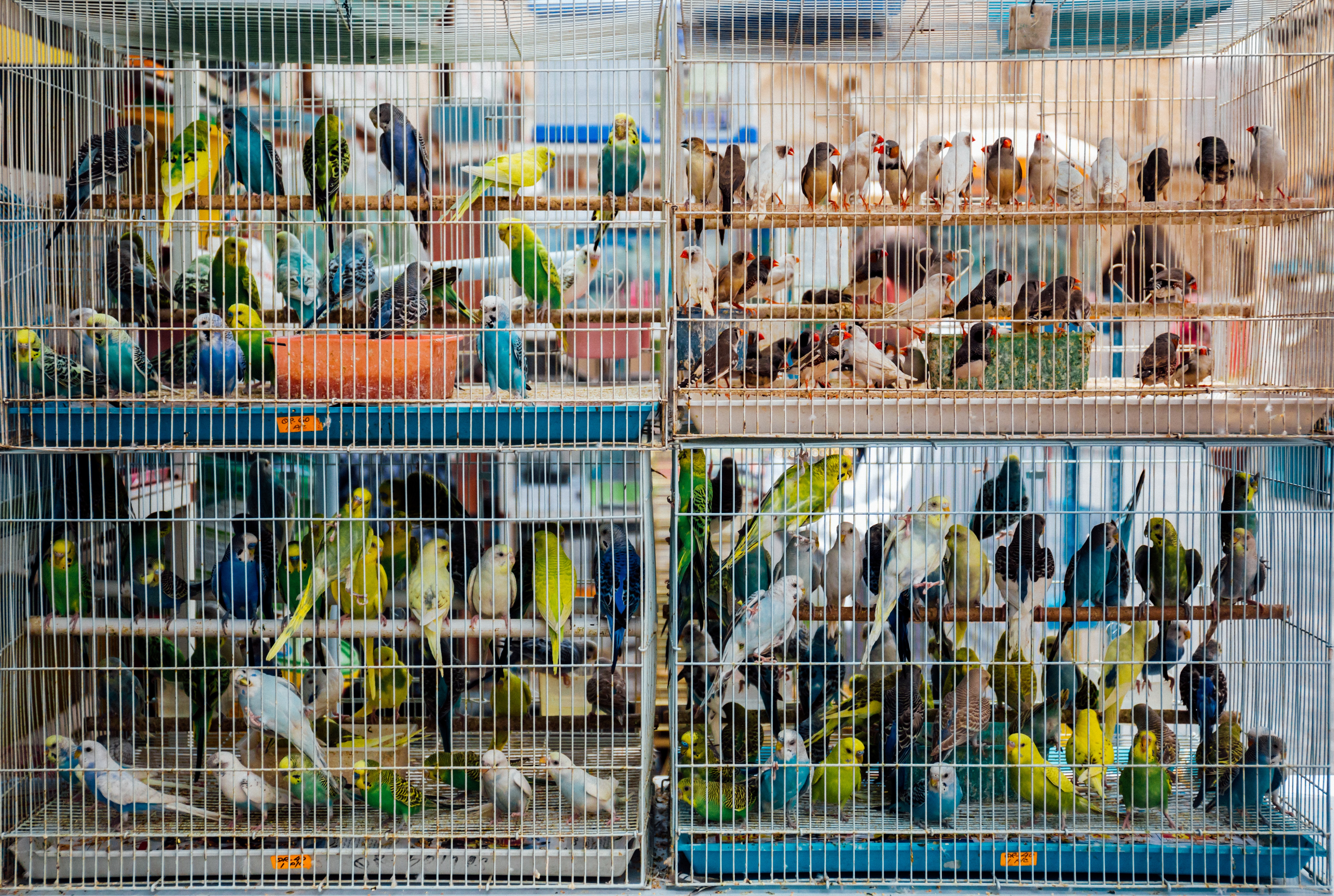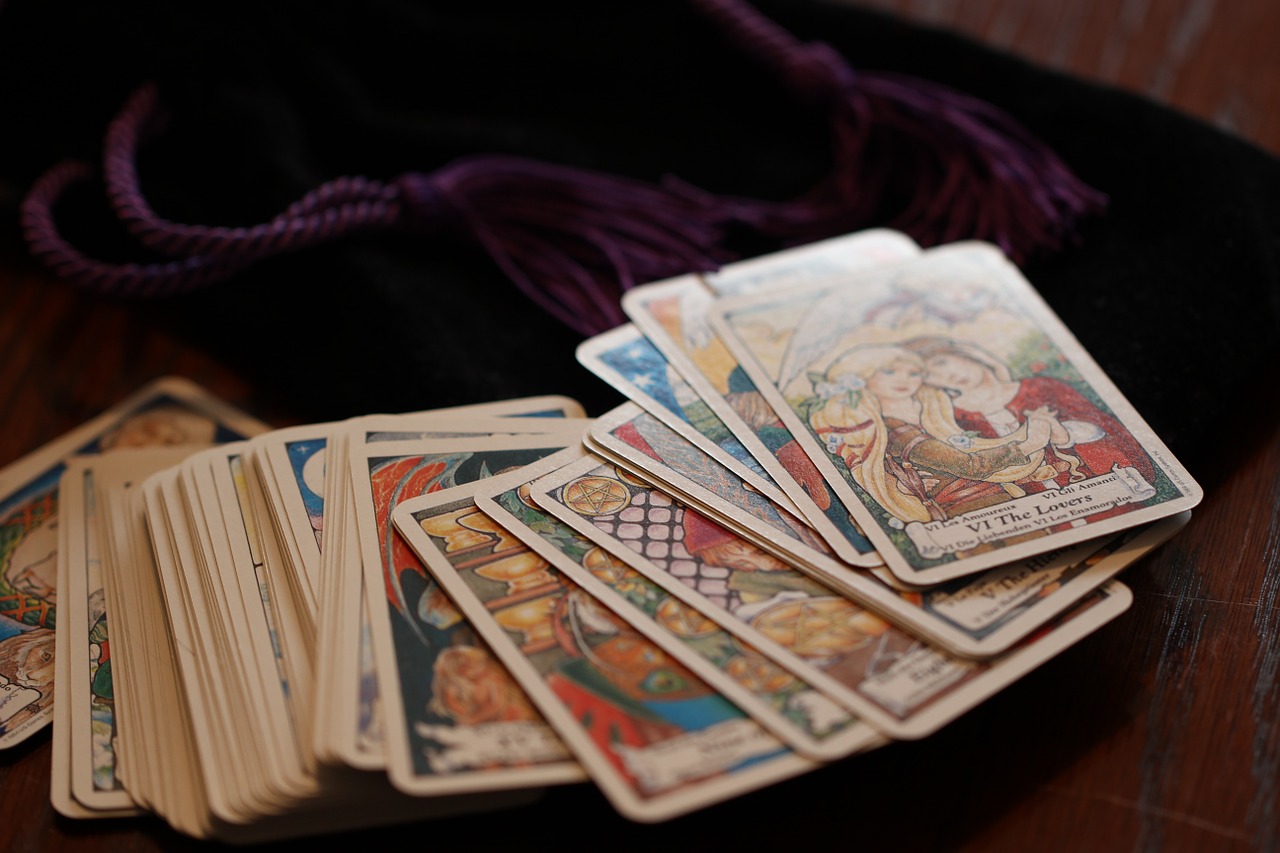“Choosing your Narrative Distance:” What writers can learn from Alice Munro’s “Lives of Girls and Women”
Alice Munro’s Lives of Girls and Women gives us an amazing chance to discuss narrative distance, pacing, and authorial intent in writing. This is, in part, because it didn’t really…







